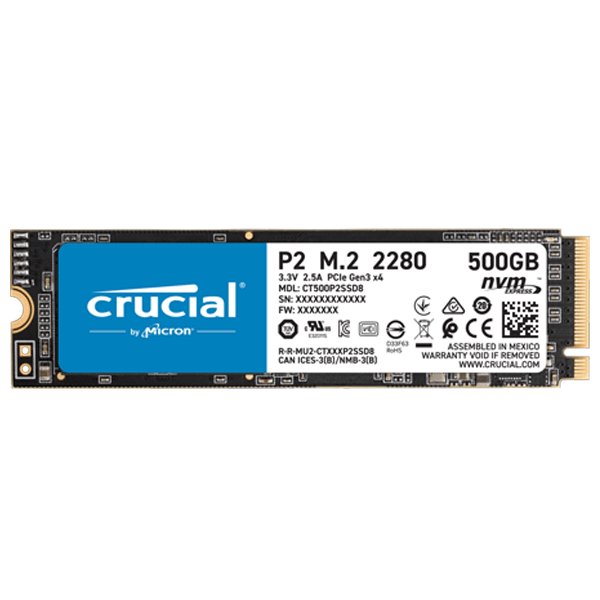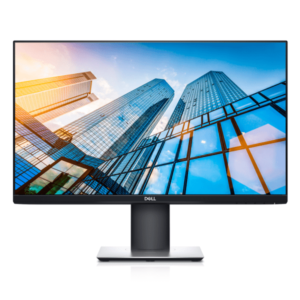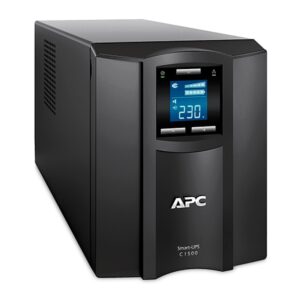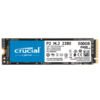Crucial P2 3D NAND NVMe PCIe M.2 2280 SSD – 500GB – CT500P2SSD8
The Crucial P2 is a budget-oriented NVMe SSD designed as an entry-level upgrade from SATA SSDs or traditional hard drives. It offers a significant boost in speed for everyday computing, gaming, and light content creation at an affordable price point.
Full Information & Specifications
| Category | Specification |
|---|---|
| Model Number | CT500P2SSD8 |
| Brand | Crucial (a subsidiary of Micron) |
| Form Factor | M.2 2280 |
| Interface / Protocol | PCIe 3.0 x4 / NVMe 1.4 |
| Capacity | 500GB (Also available in 250GB, 1TB, and 2TB) |
| Controller | Phison E19T (or similar custom/rebranded) |
| NAND Flash Type | QLC (Quad-Level Cell) 3D NAND |
| Sequential Read Speed | Up to 2,300 MB/s |
| Sequential Write Speed | Up to 940 MB/s |
| Random Read (4K, IOPS) | Up to 190,000 IOPS |
| Random Write (4K, IOPS) | Up to 240,000 IOPS |
| Terabytes Written (TBW) | 150 TBW (500GB model) |
| Mean Time Between Failures (MTBF) | 1.5 million hours |
| Warranty | Limited 5-year warranty |
| Features | Self-Monitoring, Analysis, and Reporting Technology (S.M.A.R.T.), Adaptive Thermal Protection, Integrated Power Loss Immunity |
| Encryption | Not supported (No hardware-based TCG Opal 2.0 or Microsoft eDrive) |
Key Features Explained
-
NVMe over PCIe 3.0:
-
This is the key selling point. It uses the high-speed PCIe 3.0 bus, making it 3-5 times faster than a standard 2.5-inch SATA SSD (which maxes out at ~550 MB/s). This results in faster boot times, quicker application/game loading, and snappier system responsiveness.
-
-
QLC NAND:
-
What it is: QLC (Quad-Level Cell) stores 4 bits of data per memory cell. This allows for higher storage densities and lower costs, which is why the P2 is so affordable.
-
The Trade-off: QLC NAND is slower and has lower endurance compared to TLC (Triple-Level Cell) NAND, especially when writing large, sustained files. To mitigate this, the drive uses an SLC Cache.
-
-
SLC Caching:
-
The drive reserves a portion of its QLC NAND to act like faster SLC (Single-Level Cell) NAND. This cache absorbs short bursts of data at high speeds (the advertised speeds). Once this cache is full, write speeds will drop significantly (often to around 100-200 MB/s) until the cache is cleared.
-
-
Endurance & Warranty:
-
The 150 TBW rating means the drive is warrantied to withstand 150 Terabytes of data written over its lifetime. For most average users, this is more than enough. The 5-year warranty provides excellent peace of mind for a budget drive.
-
Performance Summary
-
Strengths:
-
Excellent Value: Provides a massive performance leap from HDDs and SATA SSDs without a significant price premium.
-
Great for Everyday Use: Perfect for the OS, applications, and games, where most operations are short bursts of reading data.
-
Low Power Consumption & Heat: Efficient design, making it suitable for laptops and small form-factor PCs.
-
-
Weaknesses:
-
Sustained Write Performance: Due to its QLC nature and small SLC cache, performance will slow down dramatically when transferring very large files (e.g., 50GB+ video files) continuously.
-
Not for Heavy Workloads: Not ideal for tasks that involve constant, heavy writing, such as professional video editing from a high-bitrate source, large database work, or serving as a scratch disk.
-
Who is this SSD For?
-
General Users & Students: Upgrading from an HDD or a smaller SATA SSD for a faster, more responsive computer.
-
Budget Gamers: To drastically reduce game and level load times without breaking the bank.
-
Office & Productivity PCs: Excellent for speeding up business applications and multitasking.
-
Laptop Upgrades: Its M.2 form factor and power efficiency make it a perfect upgrade for compatible laptops.
Who Should Consider an Alternative?
-
Content Creators & Professionals: Those who regularly move huge files should look for a TLC-based SSD like the Crucial P5, WD Black SN770, or Samsung 970 Evo Plus for better sustained write speeds.
-
Enthusiasts & Power Users: Users on a PCIe 4.0 platform (AMD Ryzen 3000/5000/7000 or Intel 11th Gen and newer) may prefer a PCIe 4.0 SSD to maximize their system’s potential.
Verdict
The Crucial P2 500GB is a highly effective budget NVMe SSD. Its primary strength is delivering the core benefits of NVMe speed—fast boot times and quick application loading—at a price very close to that of a SATA SSD. While its sustained write performance is a known limitation, it’s a compromise that makes perfect sense for its target audience of everyday users and budget-conscious gamers.
It’s a fantastic “first NVMe” drive and remains one of the best value-for-money options for a general-purpose system upgrade.







 No products in the cart.
No products in the cart. 
Reviews
There are no reviews yet.